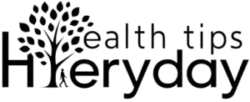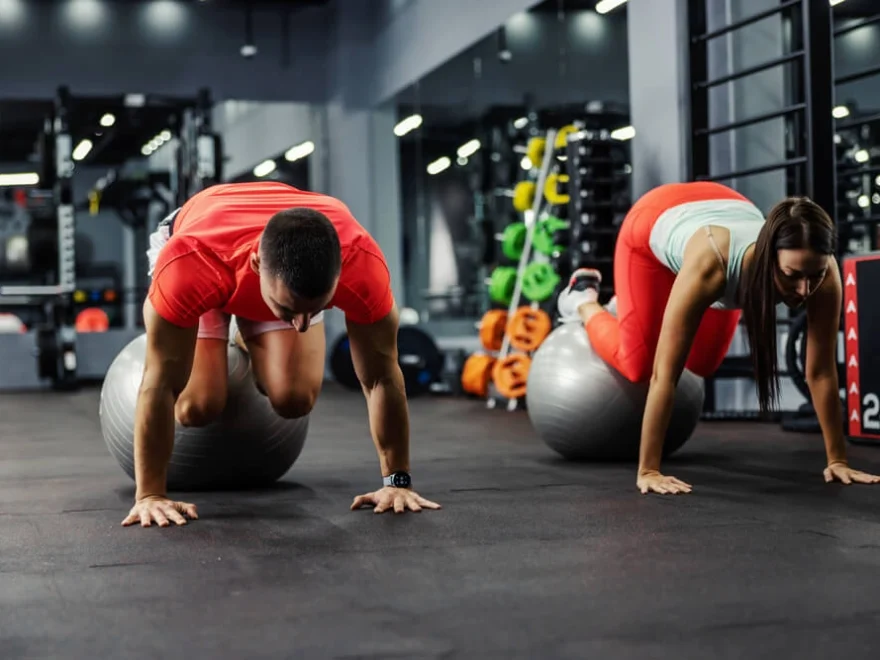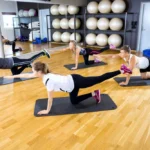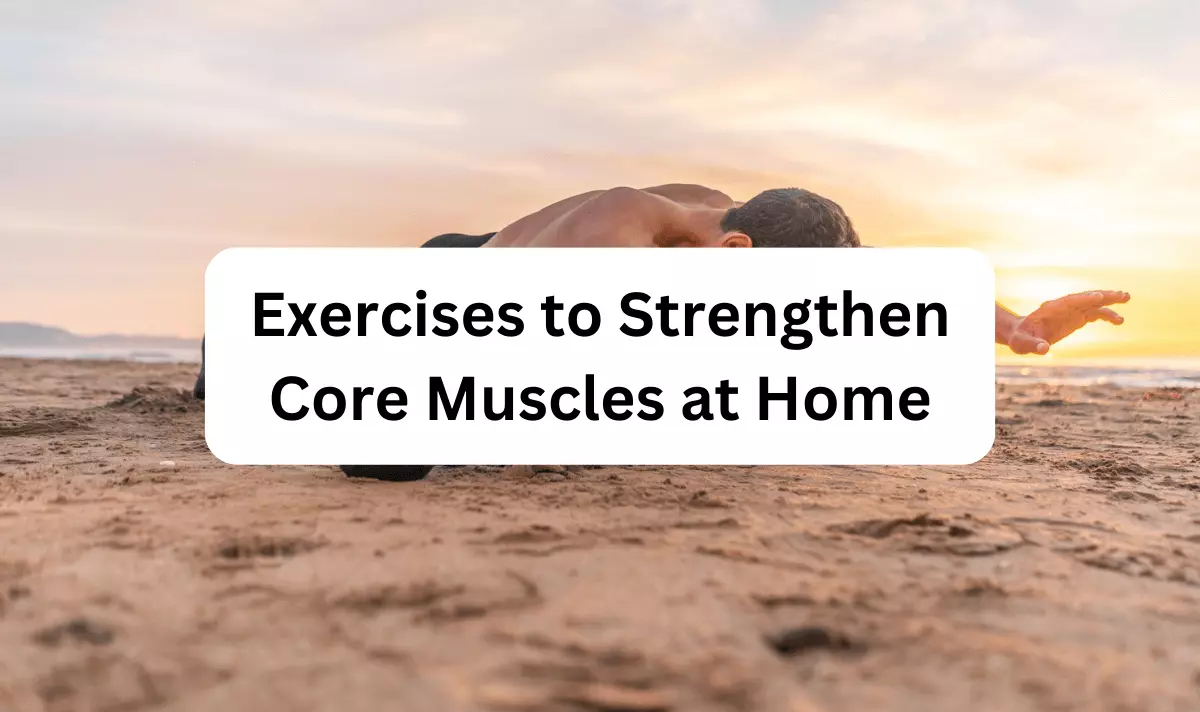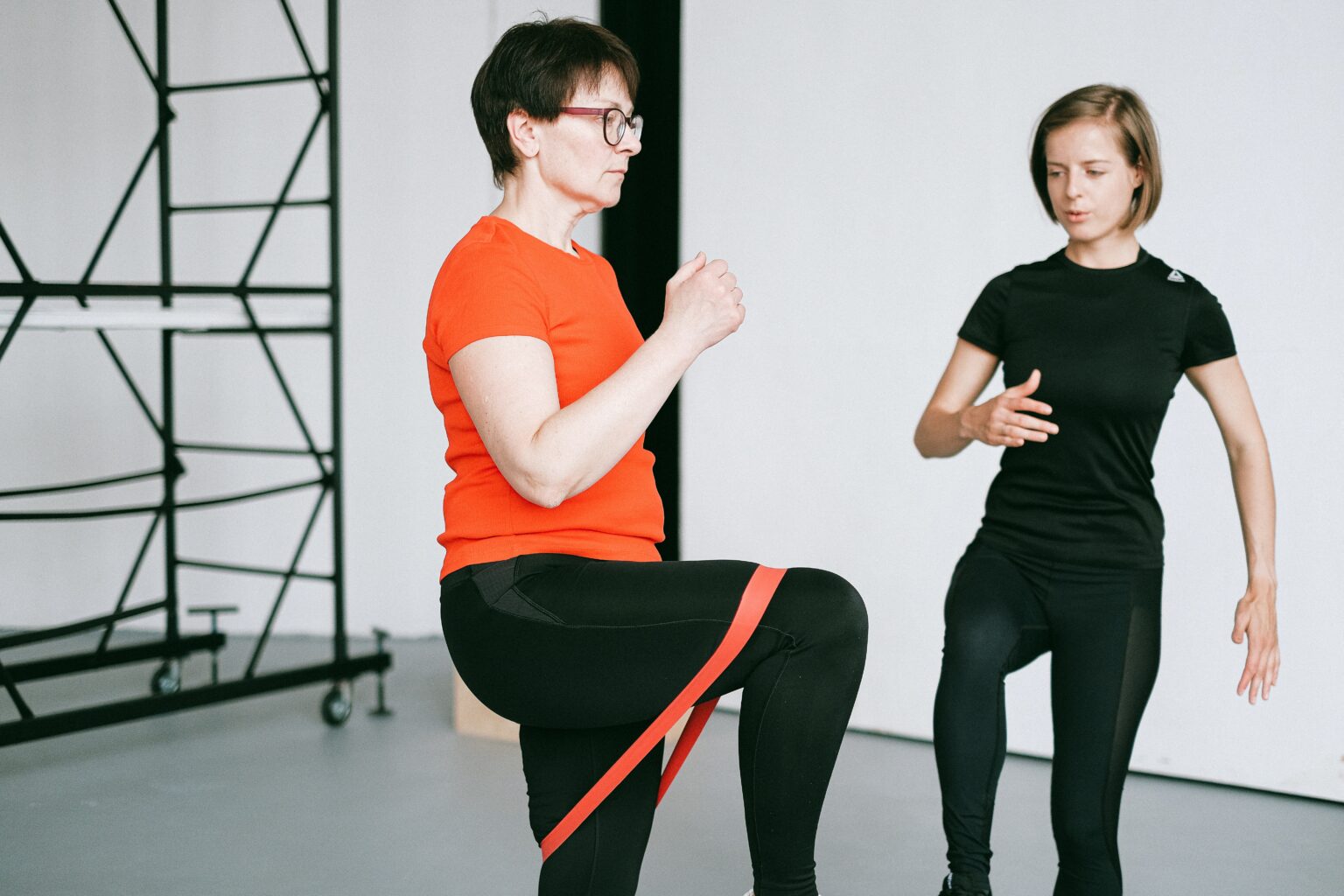Looking for a fun, low-impact way to sculpt your body, improve posture, and strengthen your core? Exercise ball workouts offer a dynamic approach to fitness that engages your entire body—from stabilizing your spine to toning your arms and legs. Whether you’re a beginner or seasoned athlete, the Swiss ball (also called a stability ball or yoga ball) can elevate your workouts with improved balance and coordination.

Content
What Are Exercise Ball Workouts?
Exercise ball workouts involve using a large inflatable ball to perform functional and strength-based movements. The inherent instability of the ball makes your muscles work harder to maintain control, especially your core. Unlike machines or traditional weights, the yoga ball helps mimic real-life movements and challenges your body’s equilibrium in a unique way.
They’re popular in physical therapy, home gyms, and professional training routines for a reason: they enhance flexibility, promote functional strength, and reduce the risk of injury.
Why Use an Exercise Ball in Your Workouts?
The benefits of exercise ball training go beyond just looking good. Here’s what you gain from incorporating a stability ball into your routine:
Total Core Engagement
Every move on the ball calls your core strength into action—even simple seated positions activate abdominal and spinal muscles.
Injury Prevention
By strengthening stabilizer muscles, you reinforce joints and protect the spine, minimizing injury risk.
Improved Athletic Performance
Athletes use the Swiss ball to develop coordination and reaction time, key for sports requiring agility and balance.
Posture and Alignment
The ball encourages proper spine alignment, reducing slouching and lower back strain.
Versatile and Affordable
No fancy machines needed—just one exercise ball can deliver hundreds of variations for full-body fitness.
Top Full-Body Exercise Ball Workouts
Ready to feel the burn in new and exciting ways? Here’s a curated list of exercise ball workouts that target different areas of your body. Perform these exercises in 3 sets of 10–15 reps unless noted otherwise.
1. Ball Squats
Primary muscles: Quads, glutes, lower back
Stand with the stability ball between your back and a wall. Walk your feet slightly forward. As you squat, the ball rolls with your back—maintaining proper form and reducing knee pressure.
Trainer tip: Keep your knees in line with your toes. Avoid letting them extend past.
2. Ball Push-Ups
Primary muscles: Chest, shoulders, arms, core
Place shins or thighs on the ball and hands on the ground. Lower your body into a push-up while keeping your back flat.
Progression: Try rolling the ball closer to your feet to increase difficulty.
3. Seated Ball Balance
Primary muscles: Core, hips
Sit tall on the Swiss ball with your feet flat. Gently lift one foot and hold for 10–15 seconds. Alternate sides.
Why it works: Trains reflexive core stabilization—essential for daily movement.
4. Back Extensions on Ball
Primary muscles: Erector spinae, glutes
Lie face-down on the ball with hips centered. Cross your arms or place hands behind your head. Slowly lift your upper body and hold.
Bonus benefit: Combats the effects of prolonged sitting and improves spinal mobility.
5. Hamstring Ball Curls
Primary muscles: Hamstrings, glutes
Lie on your back with heels on the ball. Lift your hips and pull the ball toward you using your legs, then extend back.
Tip: Focus on squeezing your glutes at the top of the movement.
6. Overhead Ball Stretch
Primary focus: Flexibility, posture
Kneel or stand and hold the yoga ball overhead. Slowly bend side-to-side and backward for a full-body stretch.
Great for: Releasing tension in shoulders and spine.
7. Russian Twists with Ball
Primary muscles: Obliques, abs
Lean back slightly while sitting on the ball and keep your feet grounded. Hold a medicine ball or weight and rotate side to side.
Modifications: Use a lighter object or twist without resistance for beginners.
8. Pike on Stability Ball
Primary muscles: Abs, shoulders, chest
Begin in a plank with your shins on the ball. Use your abs to lift your hips into a pike, then return to plank.
Challenging but highly effective for core strength and upper-body control.
9. Glute Bridges with Ball
Primary muscles: Glutes, hamstrings
Lie on your back with feet resting on the ball. Lift your hips until your knees, hips, and shoulders form a straight line. Hold and lower.
Why it’s essential: Activates the posterior chain—critical for stability and injury prevention.
10. Inner Thigh Squeeze (Wall Sit)
Primary muscles: Adductors, quads
Hold an exercise ball between your knees while in a wall sit. Squeeze it as hard as possible for 10-second intervals.
This isometric move fires up your legs without joint impact.
How to Use an Exercise Ball Safely
- Check the surface: Use on a non-slip mat or carpet to prevent sliding.
- Start slow: Practice seated balances or wall-assisted movements before progressing.
- Maintain posture: Keep your spine neutral and avoid over-arching your back.
- Inflate properly: Your knees should form a 90-degree angle when seated.
What Size Stability Ball Should I Use?
| Your Height | Recommended Ball Size |
| Under 5’0” | 45 cm |
| 5’1” – 5’7” | 55 cm |
| 5’8” – 6’2” | 65 cm |
| Over 6’2” | 75 cm |
Pro Tip: If you’re doing a lot of core work, a slightly smaller ball increases intensity.
Bonus: Stability Ball Workout Routine (20 Minutes)
- Warm-up (3 mins) – March in place, arm circles, gentle twists
- Ball Squats (2 sets) – 15 reps
- Push-ups on Ball (2 sets) – 10–12 reps
- Back Extensions (2 sets) – 12 reps
- Russian Twists (2 sets) – 20 twists
- Glute Bridges (2 sets) – 15 reps
- Stretch & Cool-down (5 mins) – Overhead reach, hamstring stretch, seated balance
Conclusion
Exercise ball workouts aren’t just trendy—they’re an effective, low-cost way to improve strength, coordination, and posture from the comfort of your home. Whether you’re doing core training, rehabbing from injury, or enhancing your full-body fitness, the Swiss ball adapts to your needs.
By adding this tool to your regular routine, you unlock a smarter way to train—one that connects balance, movement, and strength in a fun, approachable format. All you need is one ball and a little space to start transforming your body.
Frequently Asked Questions
What muscles do exercise ball workouts target?
Primarily the core, but also glutes, hamstrings, shoulders, back, and thighs depending on the exercise.
Are exercise balls good for weight loss?
Yes—especially when combined with full-body workouts that raise heart rate and build muscle, leading to increased calorie burn.

Arlene Ross is a health blogger who enjoys writing on her website. Arlene has always had an interest in medicine, and she hopes to become a doctor one day. She loves reading about medical discoveries, especially when they are for rare conditions that don’t have much research yet. She also likes exploring the science behind different diets and nutrition programs.
